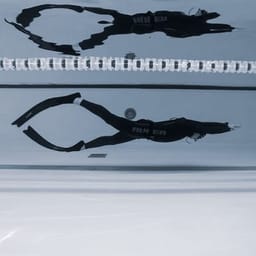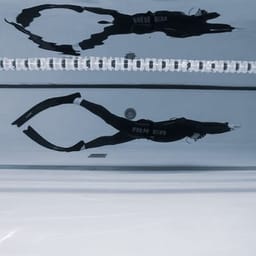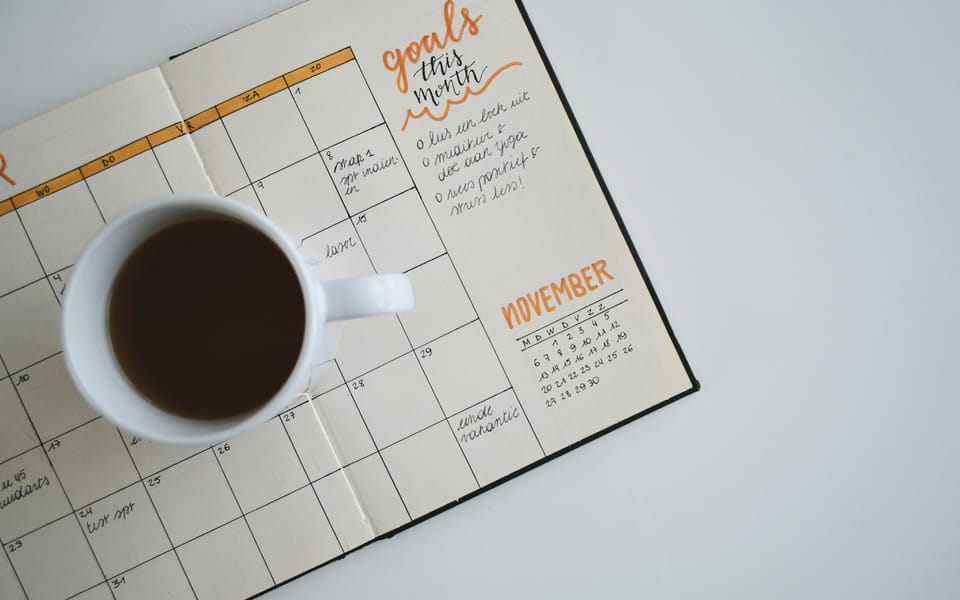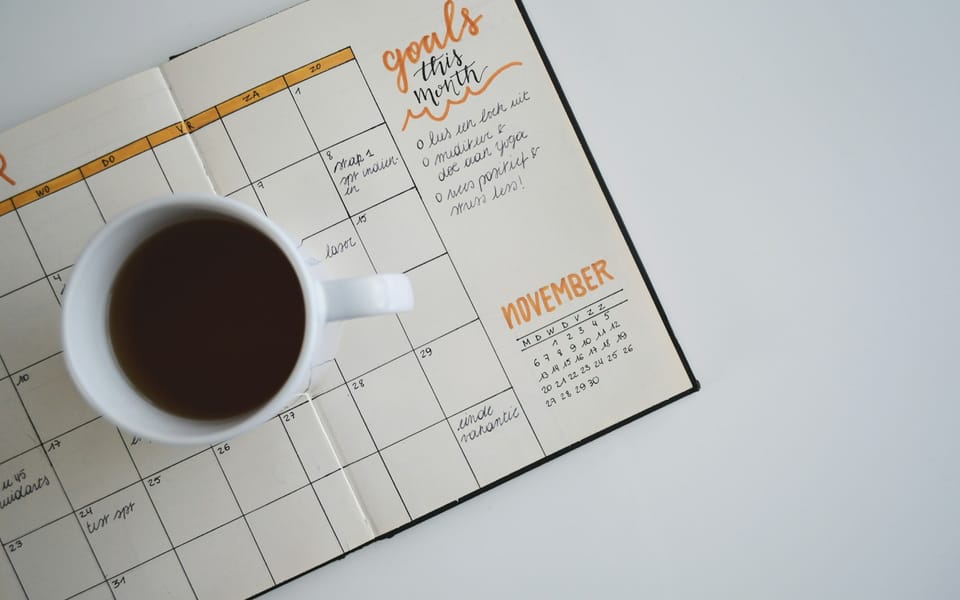Week 18-19 | Summary🎄🎆✌️
The past two weeks brought challenges and growth in my freediving journey. The holiday season pushed me to get creative with dry training using O2 tables, while focused technique drills delivered surprising insights into efficiency and performance
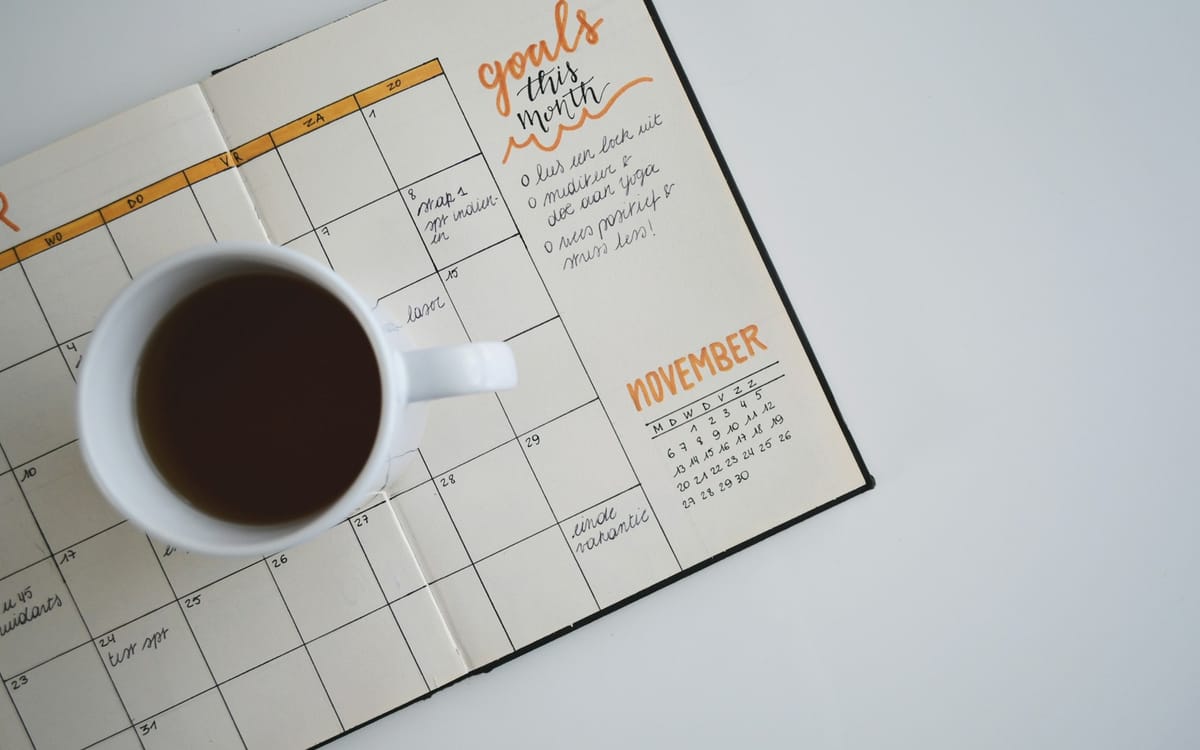
The past two weeks have been full of reflections and adjustments in my freediving journey.
I wrapped up a 16-week recap article and stepped into a competition where I unexpectedly struggled to complete a distance I’ve achieved several times before. It was a humbling moment that made me dive deeper into understanding my performance. To help with this, I finalised a blueprint article on analysing training logs. This process shed light on how past habits and factors influenced my recent challenges.
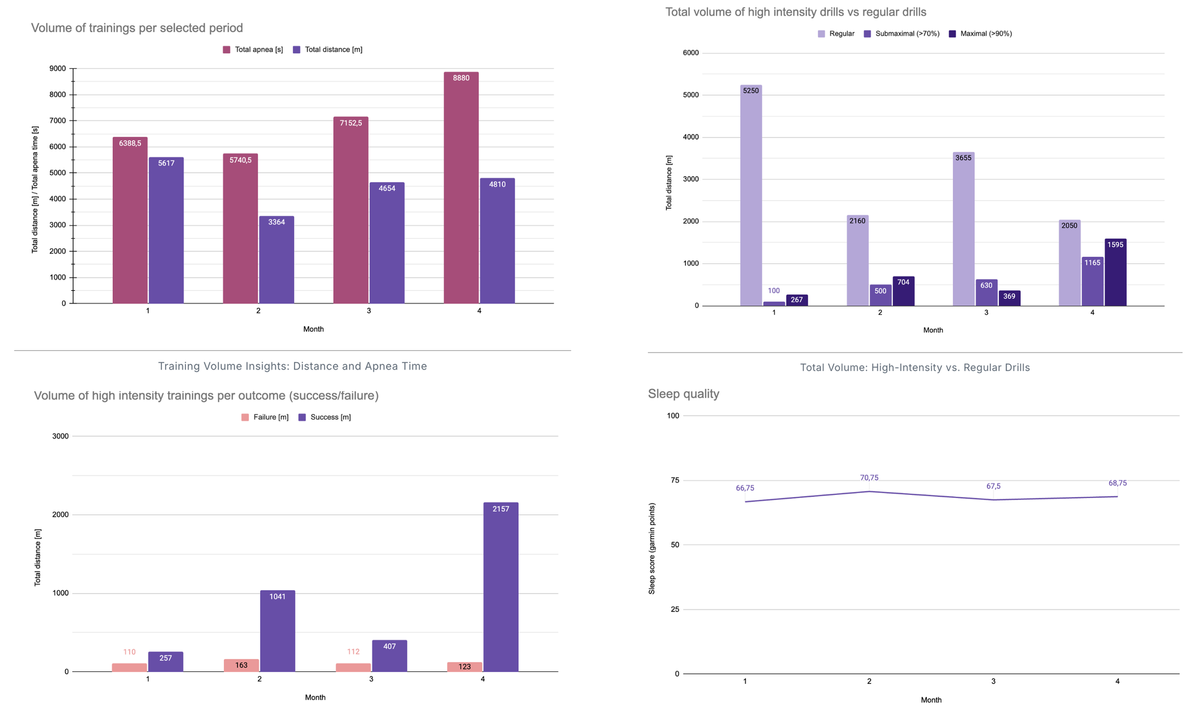
16-weeks journey recap with data and charts
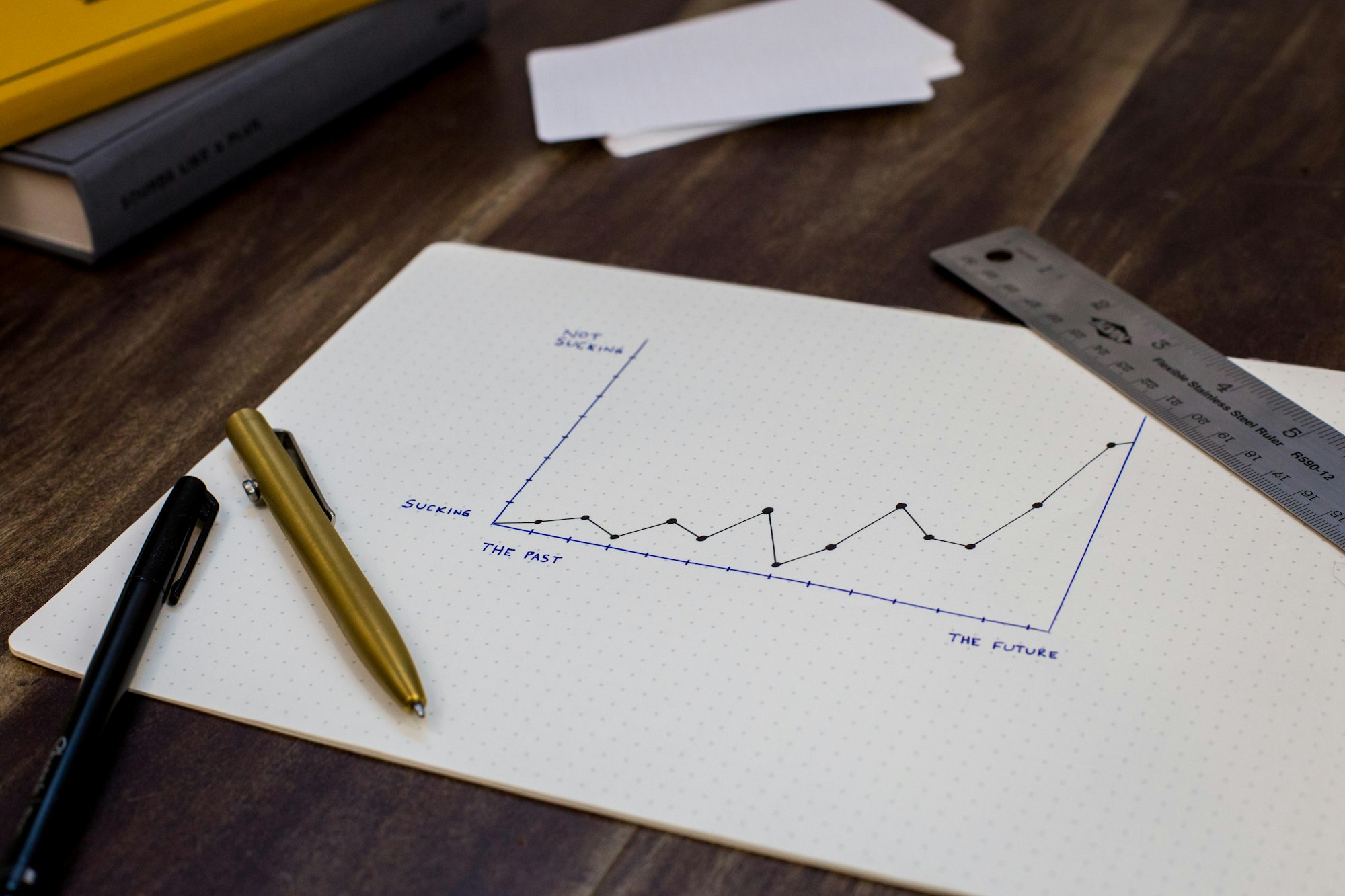
Blueprint on how to discover patterns in your training data
With holiday weeks closing the swimming pool, I had to get creative with dry training. I embraced the opportunity to rest, focus on improving my sleep, and revisit dry training after a six-month hiatus.
I incorporated dry static sessions on a coach using O2 tables, pushing through the discomfort. While water training feels more natural and allows for better relaxation during contractions, these dry sessions were still valuable. I also experimented with apnea squats, monitoring SpO2 and heart rate to gain insights into my dry dynamic performance. More data will come as I continue these sessions.
In the water, my focus shifted to long hypoxic dives with extended rest intervals to allow full recovery. I also explored technique-focused dives, comparing legs-only and arms-only efforts to measure performance, speed, and efficiency (stroke count per 25m). I completed both arms-only and legs-only 100m dives in 1:54—the same time I usually achieve when engaging both arms and legs together.
Even more surprising, I maintained the same efficiency: a push off the wall followed by three-four moves per 25m, just as I do in full-body technique. I found that my legs and arms provide the same speed and efficiency, but when swimming at higher speeds, my legs fatigued faster, causing me to stop at 75m, while my arms allowed me to complete the full 100m.
This experiment highlighted how much power and precision can come from isolating specific movements, whether it's just the arms or legs. It also got me thinking about how refining individual components can further optimize my overall performance
Despite the challenges of the holiday season, these weeks were filled with enriching and demanding sessions—both in and out of the water. The journey continues with new insights and growth.
Trainings summary
These are my trainings - a blend of structured routines and personal adaptations. If you’re curious about the specifics of each drill type and want tips on how to incorporate them into your own practice, stay tuned for my upcoming posts. There’s much more to share!

